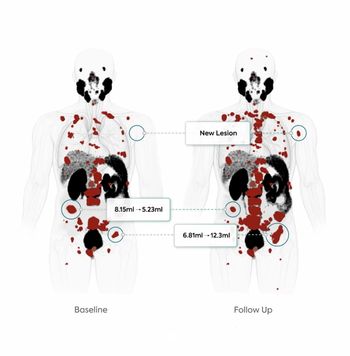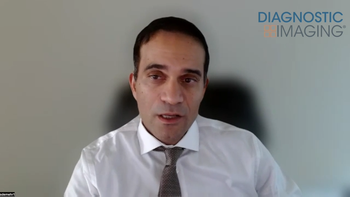
Technology Advances Medical Imaging
Imaging Forward campaign highlights technological advances in medical imaging and impact on patient care.
The Medical Imaging and Technology Alliance (MITA) announced a new campaign this week aimed at highlighting groundbreaking innovation in medical imaging technologies and the impact of these advances on patient care and healthcare delivery.
Imaging has transformed patient care, and thus the practice of medicine, by improving diagnosis and treatment and avoiding unnecessary procedures, which in turn lowers costs, Gail Rodriguez, executive director of MITA, said in a release. With manufacturers investing in research and development, exploratory surgery is almost obsolete. And patients and physicians are equally benefitting from advanced imaging technologies that save lives and reduce long-term healthcare spending.
Using Twitter, Facebook, and a microvideo series (including Vine), MITA’s campaign Imaging Forward, will highlight the progress made in medical imaging through the past 20 years, and introduce the imaging technologies we can expect in the future.
“Medical imaging innovation has helped transform modern healthcare. Imaging exams reduce invasive surgeries, unnecessary hospital admissions, length of hospital stays and are directly linked to greater life expectancy. Every day, worldwide, medical imaging leads to earlier diagnoses, better, more targeted treatment and lives saved that, in the past, may have been lost,” Paul H. Ellenbogen, MD, FACR, chair of the American College of Radiology Board of Chancellors, said in a release.
Despite the significant benefits of medical imaging innovation, Congress and CMS have cut Medicare imaging reimbursements multiple times since 2006. In addition, under the 2.3 percent medical device excise tax imposed by the Affordable Care Act, manufacturers are required to pay more than $2 billion per year in tax payments, which poses a serious threat to manufacturers’ ability to invest in innovation, and drive job creation and economic growth, according to MITA.
Newsletter
Stay at the forefront of radiology with the Diagnostic Imaging newsletter, delivering the latest news, clinical insights, and imaging advancements for today’s radiologists.



























